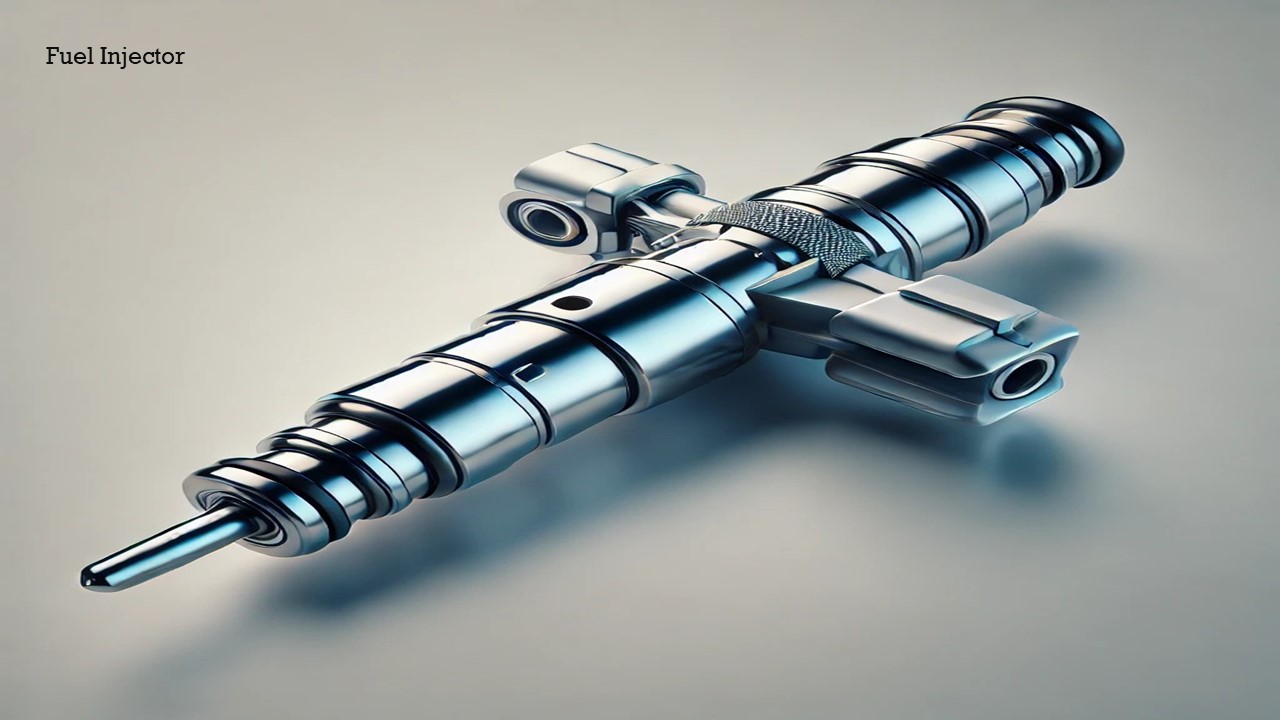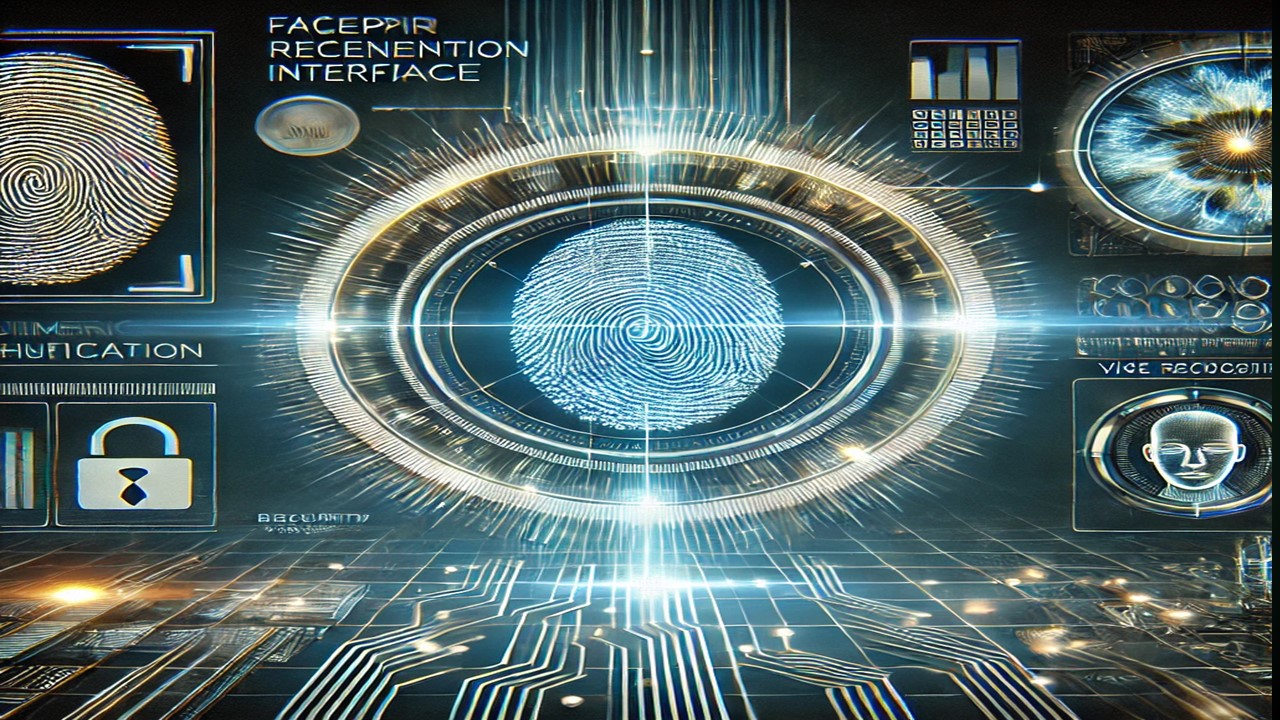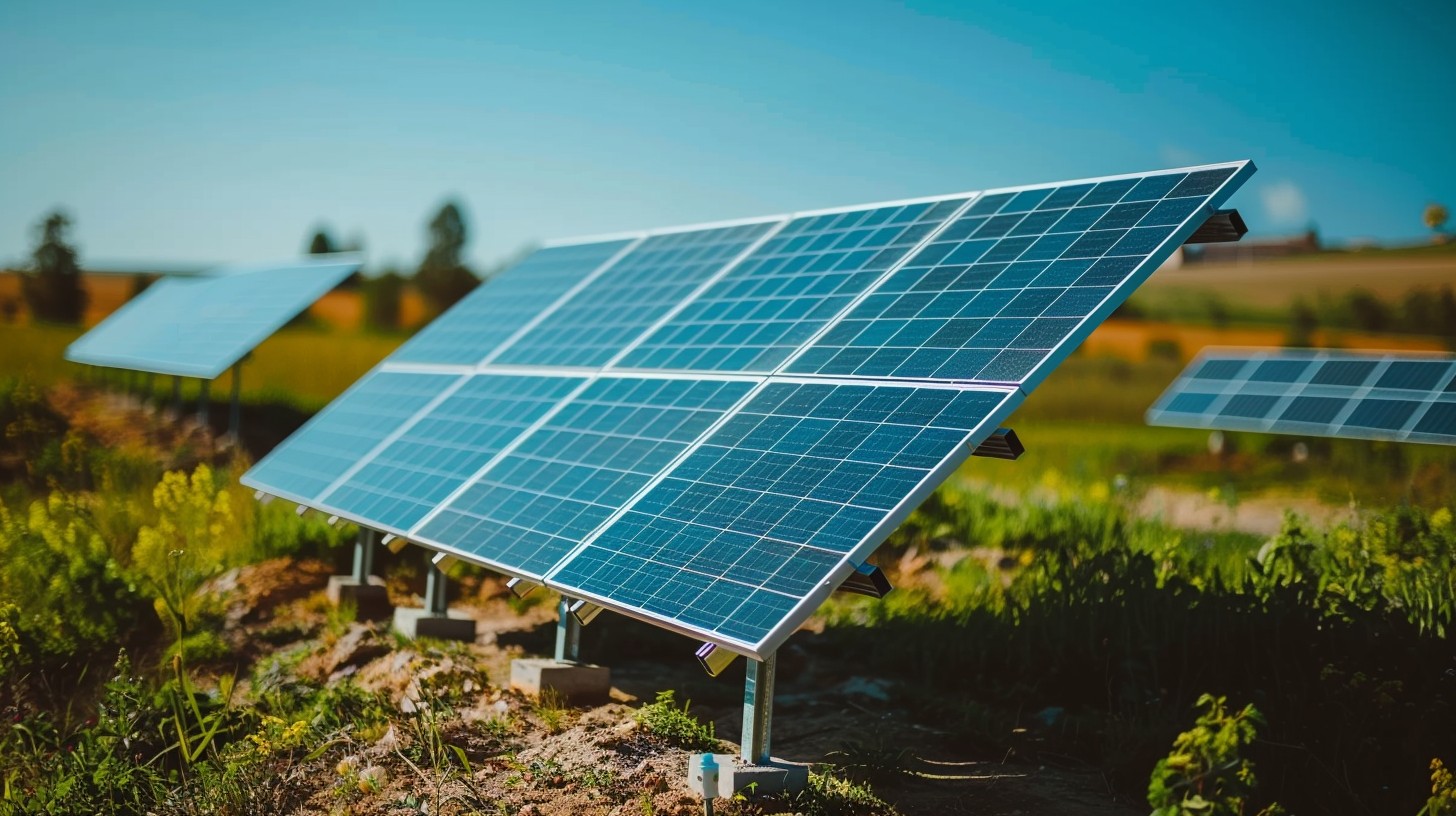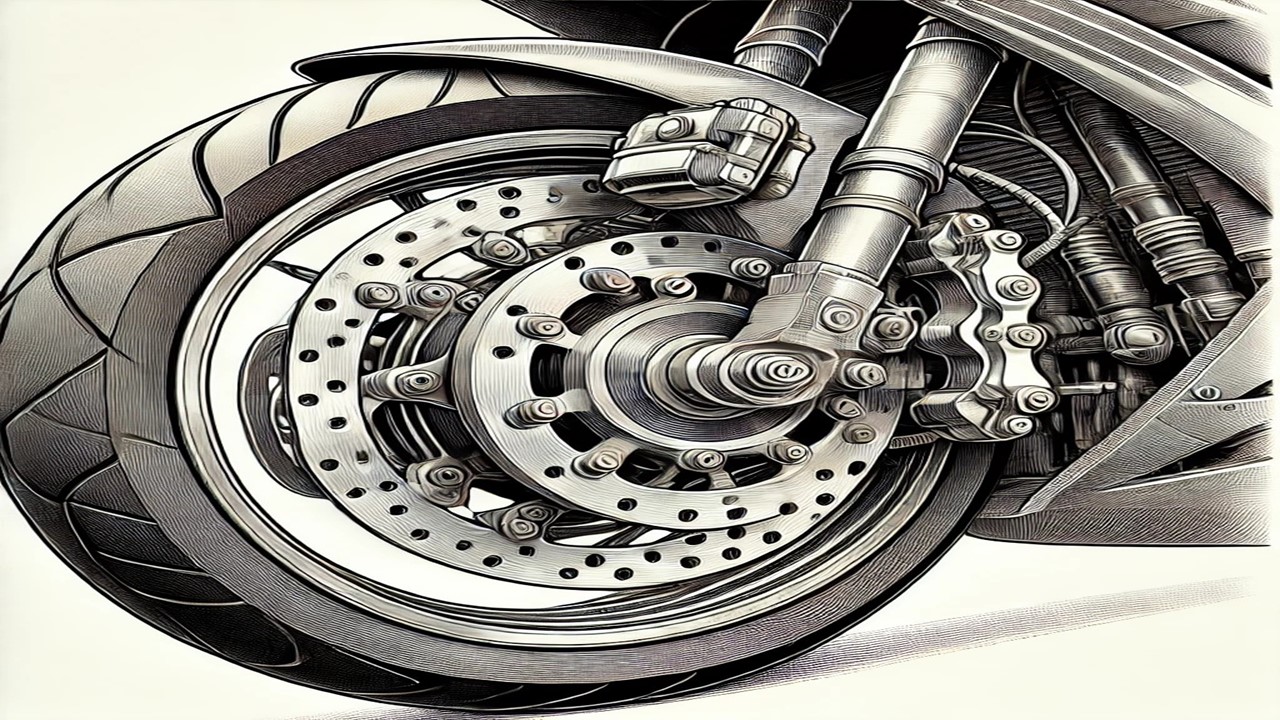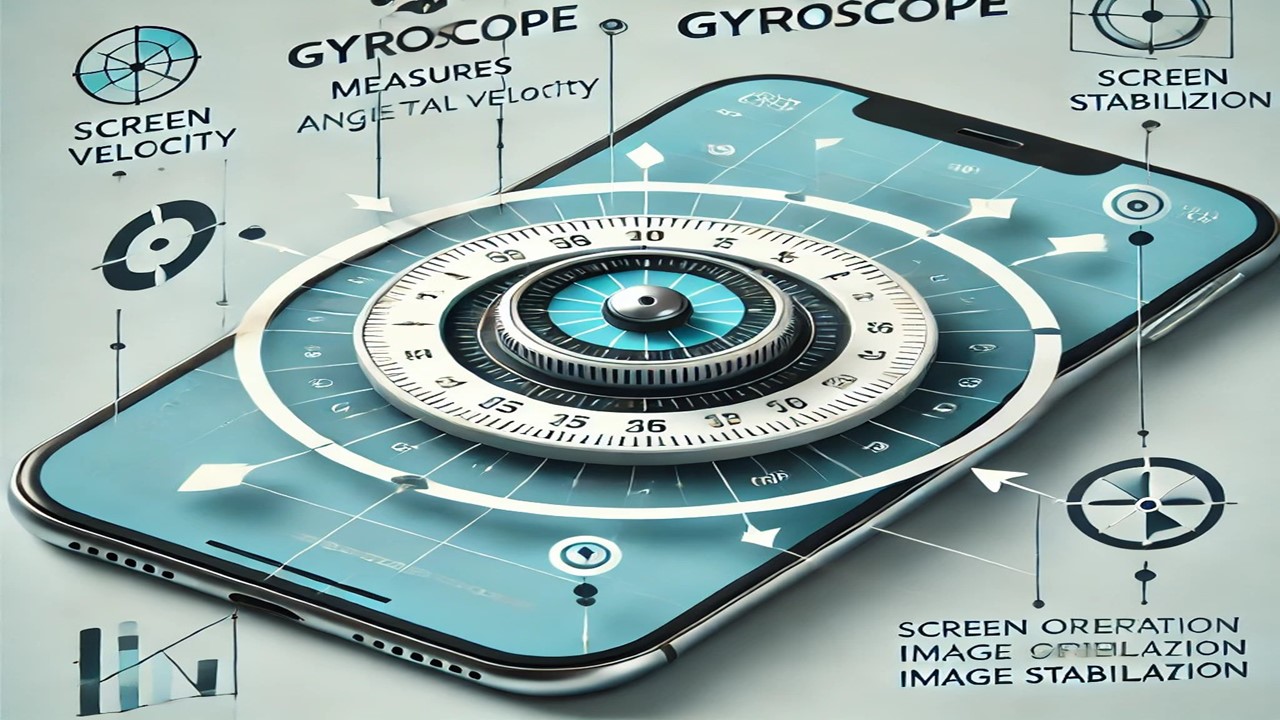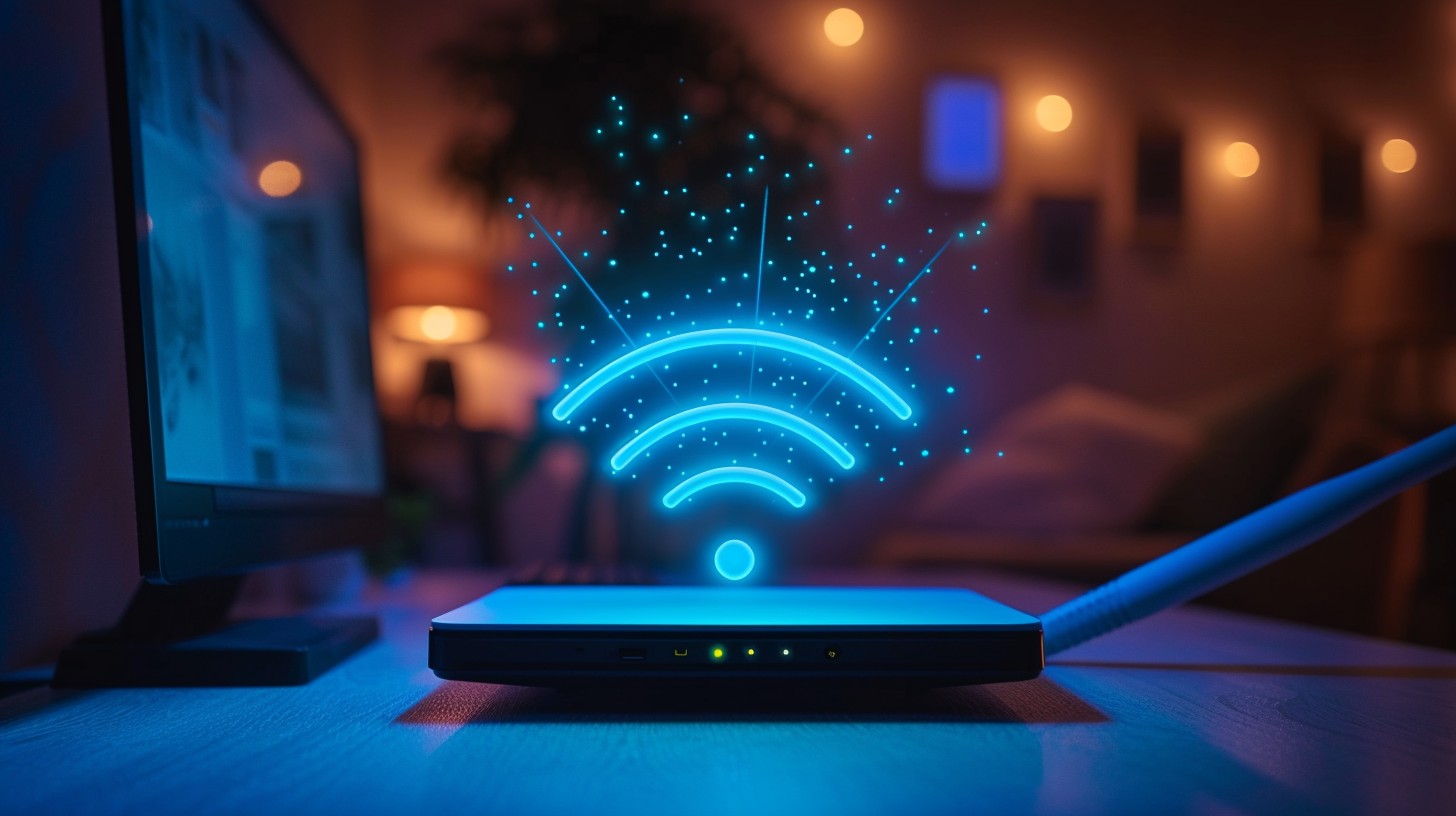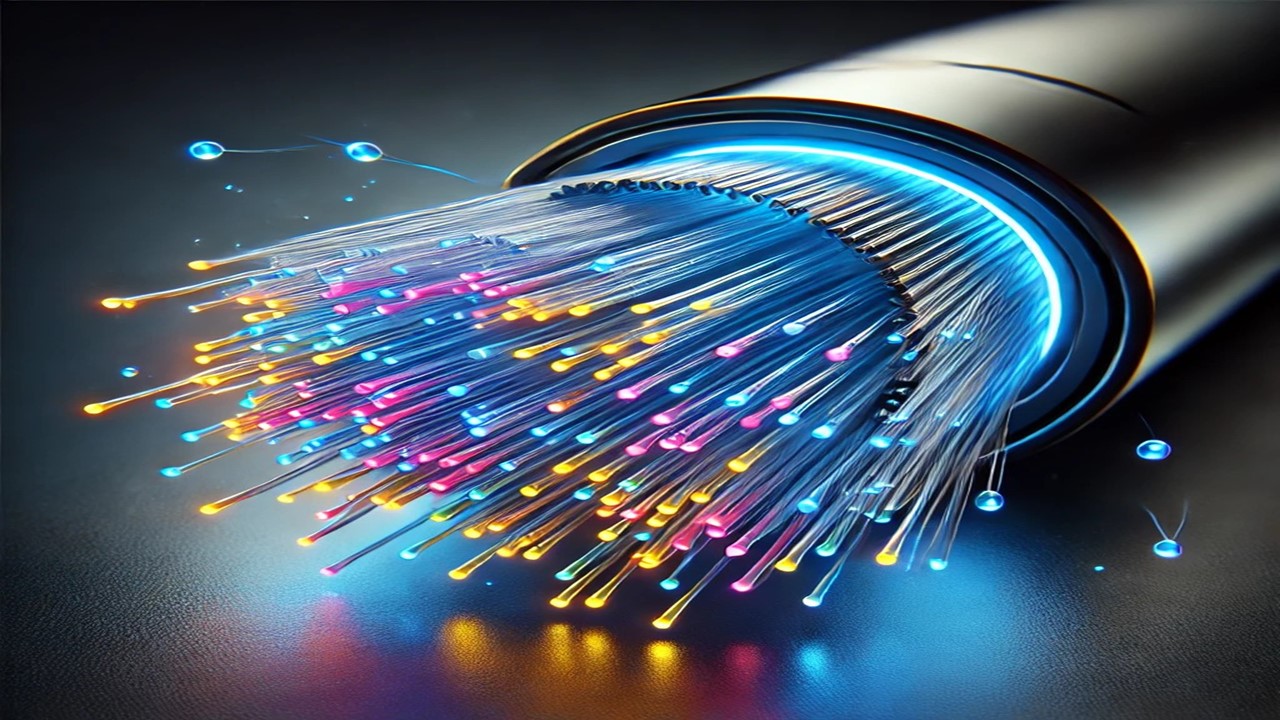
Imagine streaming your favorite show in ultra-high-definition, video calling with someone across the world without a single glitch, or downloading a massive file in mere seconds. But have you ever wondered what makes all this possible? How is it that data travels at unimaginable speeds across continents, under oceans, and into our homes with such precision? The answer lies hidden beneath the ground, stretching across landscapes and continents a technology that powers the very backbone of our digital world:
fiber optic cables.
Despite their small size, fiber optic cables are a marvel of modern engineering. Their ability to transmit information at the speed of light has transformed industries, from telecommunications and healthcare to defense and entertainment. But what exactly are fiber optic cables, how do they work, and why have they become the preferred technology for high-speed data transfer? Let’s dive deep into the technology that has reshaped how we connect, communicate, and consume information.
What are Fiber Optic Cables?
Fiber optic cables are unique cables made of ultra-thin strands of glass or plastic—each strand as thin as a human hair. Unlike traditional copper cables that carry electric currents, fiber optic cables carry data in the form of light pulses. These light pulses travel incredibly fast, making fiber optics ideal for sending vast amounts of data across long distances without delay or degradation in quality.
Each fiber optic cable is a delicate construction, protected by several layers. It typically consists of a core (the thin glass strand), cladding (a protective layer around the core), and an outer buffer coating for durability. This layered design enables fiber optic cables to send light signals over long distances with little interference.
How Do Fiber Optic Cables Work?
The magic of fiber optics lies in the physics of total internal reflection, a process that allows light to travel through the cable without escaping. Here’s a closer look at how it all works:
- Encoding Data into Light Pulses: Data, whether it’s a video, text, or audio file, is first converted into a series of light pulses by a laser or LED source. Each pulse represents a bit of information—a “1” or “0” in binary code—that can be decoded on the receiving end.
- Core and Cladding Design: The core, the innermost part of the fiber, is surrounded by cladding with a lower refractive index. This difference in refractive index causes the light to bounce back into the core, effectively trapping it inside. This setup ensures that the light continues its journey along the cable without leaking out.
- Total Internal Reflection: As the light signal travels, it continually reflects off the core-cladding boundary, allowing it to travel long distances even if the cable twists and turns.
- Decoding the Signal: At the receiving end, the light pulses are translated back into digital information, restoring the original data for use on your devices.
This process, while rapid, is highly precise and resilient, enabling stable, high-speed data transmission over both short and long distances.
Types of Fiber Optic Cables
Fiber optics come in two main types, each suited for different applications:
- Single-Mode Fiber (SMF): With a narrow core (about 8–10 microns in diameter), single-mode fiber allows light to travel directly without multiple reflections, enabling it to carry data over much longer distances. This makes it ideal for applications that require fast, uninterrupted data transfer across large distances, like city-to-city or even transcontinental connections.
- Multi-Mode Fiber (MMF): Multi-mode fiber has a wider core (50–62.5 microns), allowing multiple light pathways, or “modes,” to pass through. Though it’s limited to shorter distances, multi-mode fiber is excellent for applications within buildings or campuses, where speed and bandwidth are essential but long-range transmission isn’t necessary.
Why Fiber Optic Cables are Essential
Fiber optics offer unparalleled advantages that make them the go-to technology for modern data transmission:
- High-Speed Data Transmission: Capable of speeds up to 1 Gbps or even more, fiber optics support high-speed internet, making it ideal for streaming, gaming, and large file transfers.
- Minimal Signal Loss: Unlike copper cables, fiber optic cables can carry data over hundreds of kilometers with almost no degradation in quality, ensuring a stable connection.
- Resistance to Interference: Fiber optic cables are immune to electromagnetic interference, which is common in environments with heavy electronics or power lines. This resistance means a more reliable connection without disruptions.
- High Bandwidth: Fiber optics offer far greater bandwidth than copper cables, meaning they can handle more simultaneous data streams, making them ideal for businesses, data centers, and anyone needing heavy internet usage.
- Durability and Longevity: Fiber optic cables are more resilient against weather changes, temperature fluctuations, and physical wear and tear, which extends their lifespan and reduces maintenance.
Real-World Applications of Fiber Optic Technology
- Internet and Telecommunications: Fiber optic cables form the backbone of internet infrastructure, offering high-speed broadband connections to homes and businesses around the globe.
- Medical Field: Fiber optics play a crucial role in medical imaging and endoscopy, allowing doctors to visualize internal body parts with minimal invasion and high clarity.
- Military and Aerospace: Fiber optics provide secure, fast, and reliable data transfer in defense and aerospace applications, where accuracy and speed are critical.
- Data Centers and Cloud Computing: The rapid data transfer capabilities of fiber optics make them essential in data centers, which process enormous amounts of information daily to support cloud-based applications and storage.
- Cable Television and Entertainment: Fiber optics deliver clear, high-definition video and audio over large distances, ensuring high-quality cable TV and streaming services.
The Future of Fiber Optic Technology
Fiber optics continue to evolve, and their importance will only grow with technological advancements. Here are some future trends:
- Support for 5G and IoT: Fiber optic networks are crucial for supporting the next generation of wireless technology, including 5G and the Internet of Things (IoT). With low latency and high bandwidth, fiber optics can handle the massive data requirements of smart cities, autonomous vehicles, and advanced communication networks.
- Expansion to Remote Areas: New manufacturing techniques are making fiber optics more affordable, paving the way for broader deployment in rural and underserved areas, bridging the digital divide.
- Quantum Communication: Researchers are exploring fiber optics as a medium for quantum communication, a technology that could enable ultra-secure, instant data transmission and take cybersecurity to new heights.
- Higher Data Capacity: Continuous improvements in fiber materials and technologies promise even higher data transfer rates, potentially reaching speeds previously thought impossible.
Fiber optic cables are far more than a means to stream movies or download files—they are the unseen backbone of the digital world, allowing information to travel with unprecedented speed and reliability. As the demand for high-speed internet and advanced data services grows, fiber optics will continue to support and expand the reach of our digital ecosystem. This technology not only meets today’s needs but is paving the way for a faster, more connected, and innovative future. The next time you stream a video, download a file, or make a call, remember the complex yet seamless technology of fiber optics that makes it all possible.

























































